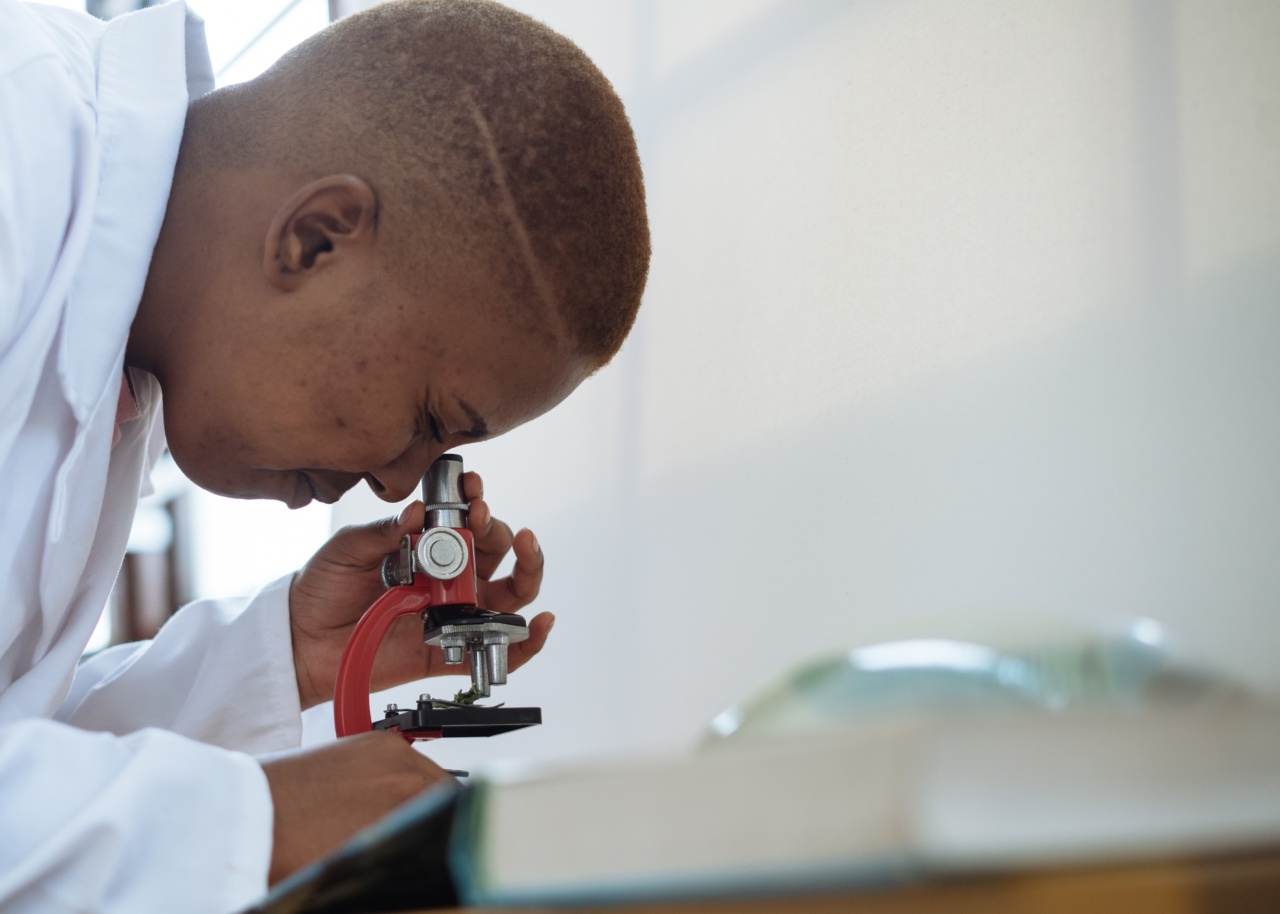Arthritis is a common condition that affects people of all ages. While it is often associated with older adults, there are also cases of arthritis that develop during childhood or adolescence.
Youthful arthritis, also known as juvenile arthritis, refers to arthritis that begins before the age of 16. In this article, we will explore the symptoms and diagnosis of youthful arthritis, helping to increase awareness and understanding of this condition.
Symptoms of Youthful Arthritis
Just like arthritis in adults, the symptoms of youthful arthritis can vary from person to person. Some common symptoms include:.
- Joint Pain: The most characteristic symptom of youthful arthritis is joint pain. Children may complain of pain, tenderness, or stiffness in one or more joints. The pain may be worse in the morning or after a period of inactivity.
- Swelling: Swelling around the affected joints is another common symptom. The joints may appear red, warm to the touch, and may feel tender or painful when pressure is applied.
- Stiffness: Children with youthful arthritis may experience stiffness in their joints, particularly after waking up or after a long period of inactivity. This stiffness may improve with movement and activity.
- Joint Deformities: In some cases, youthful arthritis can lead to joint deformities. This is more likely to occur if the condition is not diagnosed and treated promptly.
- Generalized Symptoms: Youthful arthritis can also cause generalized symptoms such as fatigue, fever, rash, and loss of appetite. These symptoms may come and go and can vary in severity.
Types of Youthful Arthritis
There are several types of youthful arthritis, each with its own unique characteristics. The most common types include:.
- Juvenile Idiopathic Arthritis (JIA): This is the most common form of youthful arthritis. It is characterized by persistent joint inflammation that lasts for at least 6 weeks or longer. JIA can affect any joint in the body and may also involve other organs or tissues.
- Juvenile Rheumatoid Arthritis (JRA): JRA is a type of arthritis that begins before the age of 16 and lasts for at least 6 weeks or longer. It is characterized by joint inflammation and stiffness, and it commonly affects the knees, hands, and feet.
- Juvenile Systemic Lupus Erythematosus (SLE): Systemic lupus erythematosus is an autoimmune disorder that can affect people of all ages, including children. When it occurs in children, it is known as juvenile SLE. It can cause joint pain, fatigue, rash, and other symptoms.
Diagnosing Youthful Arthritis
Diagnosing youthful arthritis can be challenging, as the symptoms can be similar to those of other conditions. However, early diagnosis is crucial to prevent long-term complications. Here are some steps involved in diagnosing youthful arthritis:.
- Medical History: The doctor will begin by taking a detailed medical history, including information about the child’s symptoms, duration, and any previous illnesses or injuries.
- Physical Examination: A thorough physical examination will be conducted to assess joint swelling, tenderness, and range of motion.
- Blood Tests: Blood tests may be ordered to check for markers of inflammation, such as C-reactive protein (CRP) and erythrocyte sedimentation rate (ESR). These tests can also help rule out other conditions.
- Imaging Tests: X-rays, ultrasound, or MRI scans may be used to visualize the affected joints and identify any joint damage or inflammation.
- Joint Aspiration: In some cases, the doctor may perform a joint aspiration, which involves removing a small sample of fluid from the affected joint. This fluid can then be analyzed for signs of inflammation or infection.
It is important to consult a healthcare professional if your child is experiencing persistent joint pain or other symptoms suggestive of youthful arthritis.
The earlier the condition is diagnosed, the better the chances of preventing long-term complications and managing symptoms effectively.
Treatment and Management
The goals of treatment for youthful arthritis are to control inflammation, relieve pain, preserve joint function, and improve overall quality of life. The specific treatment approach may vary depending on the type and severity of the arthritis.
Some common treatment options include:.
- Nonsteroidal Anti-Inflammatory Drugs (NSAIDs): NSAIDs, such as ibuprofen, can help reduce pain and inflammation. They are often used as the first line of treatment for youthful arthritis.
- Disease-Modifying Antirheumatic Drugs (DMARDs): DMARDs, such as methotrexate, can help slow down the progression of arthritis and prevent joint damage.
- Biologic Agents: In some cases, biologic medications may be prescribed to target specific proteins or cells involved in the inflammatory process.
- Physical Therapy: Physical therapy is an essential part of the treatment plan for youthful arthritis. It can help improve joint mobility, strengthen muscles, and reduce pain.
- Occupational Therapy: Occupational therapy focuses on helping children with arthritis develop skills and strategies to carry out daily activities, such as dressing, eating, and writing.
- Healthy Lifestyle: Encouraging a healthy lifestyle is important for managing youthful arthritis. This includes regular exercise, a balanced diet, and stress reduction techniques.
In some cases, surgery may be necessary to correct joint deformities or replace damaged joints.
It is important for children with youthful arthritis to receive regular medical care and follow-up to monitor their condition and adjust the treatment plan as needed.
Conclusion
Youthful arthritis is a complex condition that can have a significant impact on a child’s quality of life. It is important for parents, caregivers, and healthcare professionals to be aware of the symptoms and seek early diagnosis and treatment.
With proper management, children with youthful arthritis can lead fulfilling lives and minimize the long-term effects of this condition.





























